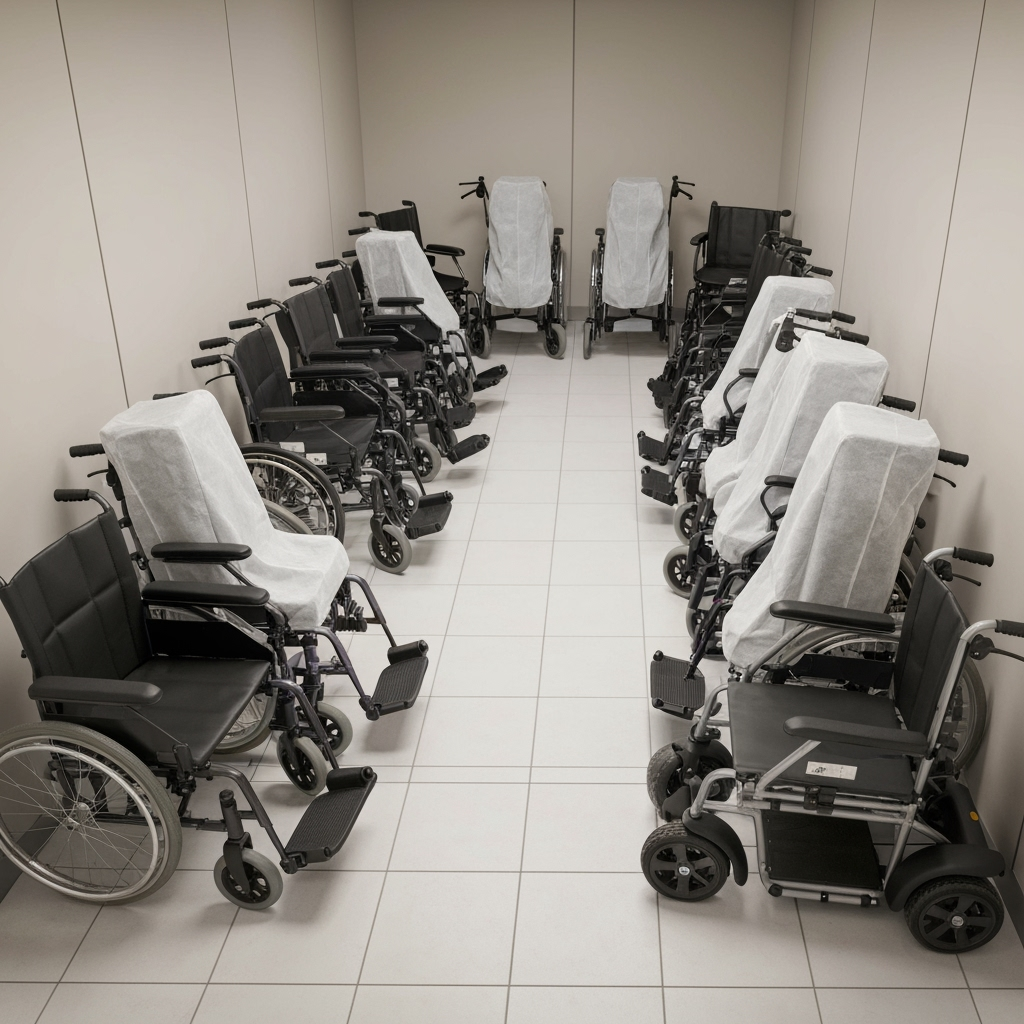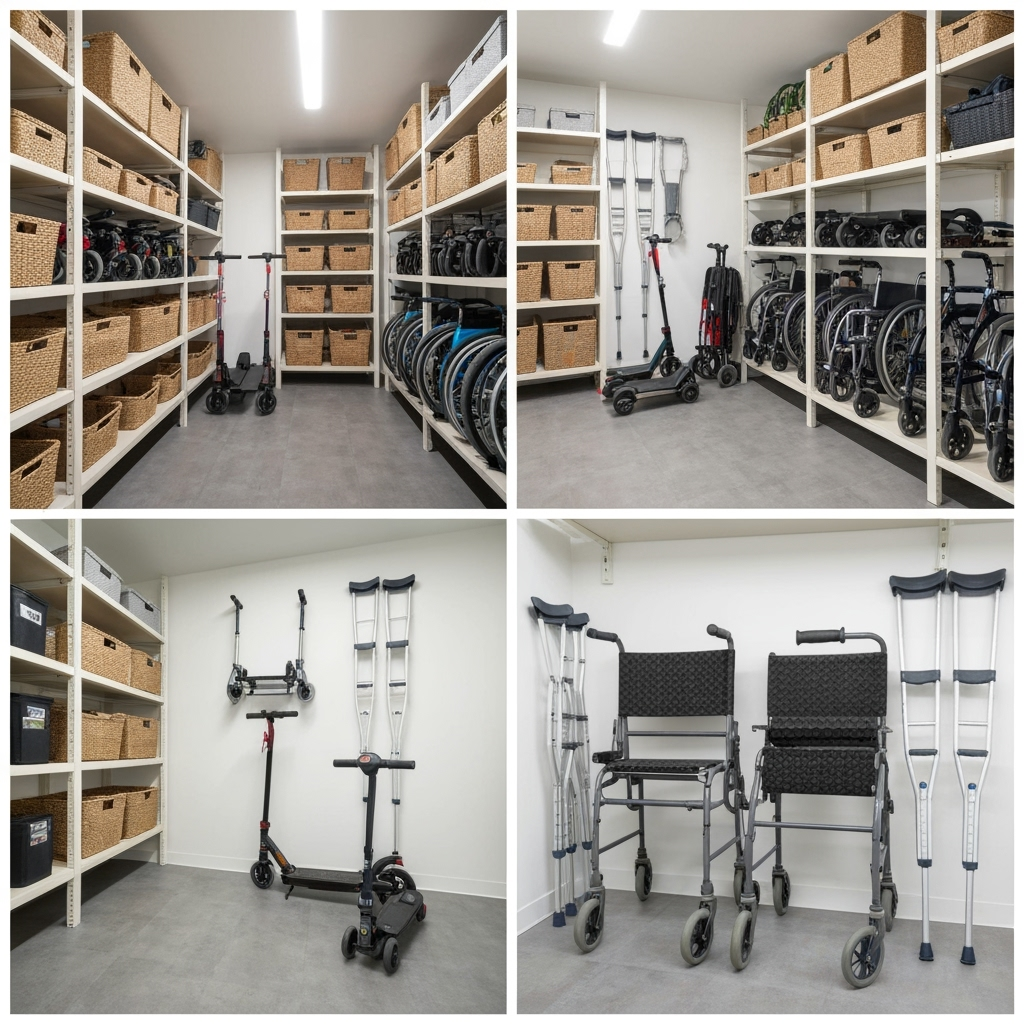Mobility Equipment Storage: Expert Guide to Managing Accessibility Devices During Renovation

When undertaking home renovations while managing mobility equipment, proper storage becomes crucial for maintaining independence and protecting valuable medical devices. This comprehensive guide will help you navigate the challenges of storing mobility equipment during home improvements while ensuring accessibility and equipment preservation.
Understanding Your Storage Needs
Before selecting a storage solution, consider these essential factors:
- Types of mobility equipment requiring storage
- Duration of the renovation project
- Frequency of access needed
- Climate control requirements
- Accessibility considerations
Climate-Controlled Storage Benefits
Mobility equipment often contains sensitive components that require specific environmental conditions:
- Protection from extreme temperatures
- Humidity control to prevent rust and degradation
- Dust-free environment
- Prevention of battery degradation

Proper Storage Techniques
Follow these best practices for storing different types of mobility equipment:
Wheelchairs
- Clean thoroughly before storage
- Remove cushions and store separately
- Apply protective covers
- Store in an upright position
- Engage wheel locks
Mobility Scooters
- Charge batteries before storage
- Disconnect battery terminals
- Cover with breathable material
- Keep tires elevated if possible
Walkers and Canes
- Disassemble if possible
- Clean and dry thoroughly
- Store in protective cases
- Keep accessories organized
Accessibility Considerations
Ensure your storage solution maintains accessibility:
- Choose ground-level units when possible
- Verify adequate doorway width
- Consider proximity to vehicle parking
- Plan for easy navigation within the unit
- Install temporary ramps if needed
Maintenance During Storage
Regular maintenance helps preserve equipment condition:
- Schedule monthly equipment checks
- Rotate wheels and moving parts
- Monitor battery charge levels
- Check for signs of moisture or damage
- Keep maintenance records
Creating a Temporary Setup
Consider these tips for maintaining mobility during renovation:
- Arrange for backup equipment if possible
- Create clear paths to stored equipment
- Label everything clearly
- Keep frequently used items easily accessible
- Document equipment locations
Insurance and Documentation
Protect your investment with proper coverage:
- Verify insurance coverage for stored equipment
- Document equipment condition before storage
- Take photographs for records
- Keep serial numbers and maintenance records accessible
- Update insurance policies as needed
Preparing for Return to Home
Plan ahead for the end of renovation:
- Schedule equipment inspection before return
- Arrange for professional cleaning if needed
- Plan transportation logistics
- Update home modification plans if necessary
- Consider new storage solutions for the renovated space
Professional Support
Don’t hesitate to seek assistance:
- Consult equipment manufacturers for storage guidelines
- Work with mobility specialists for advice
- Hire professional movers experienced with medical equipment
- Coordinate with renovation contractors
- Connect with local accessibility resources
Conclusion
Proper storage of mobility equipment during renovation requires careful planning and attention to detail. By following these guidelines, you can protect your essential mobility devices while ensuring they remain accessible throughout your home improvement project. Remember to prioritize both equipment preservation and personal accessibility needs when developing your storage strategy.










Leave a Reply